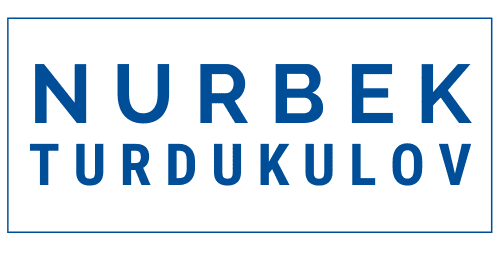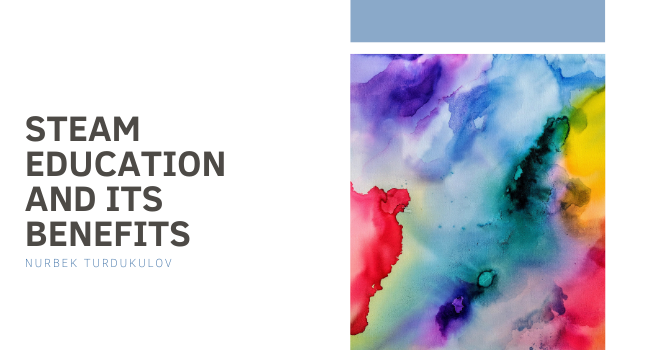An acronym for Science, Technology, Engineering, the Arts and Mathematics, STEM provides an educational framework for preparing young people and the economy for the future in the arts and sciences. STEM directs students as they work toward attaining the skills of the 21st century. These skills will allow young people to be successful and play an influential role in the future workforce.
As companies in the United States continue to ramp up the integration of technological innovation in educational programs, there is a growing movement towards integrating STEM into the frameworks of instruction. Interestingly, now that an “A” has been added, making it STEAM, programs are also rather in line with the liberal arts education concepts that strive to educate the whole person.
STEAM is an Educational Discipline
In these times, parents and other adults are aware of the necessary skills for success in society and a well-rounded workforce. By employing the STEAM framework, teachers can create a more natural environment of project-based learning that includes the five disciplines of Science, Technology, Engineering, the Arts, and Math. With this type of life-like learning, students can contribute and be engaged in attaining knowledge. Also, with the introduction of Art, students can be involved in both left-brain and right-brain thinking.
Dr. Kirstin Cook, a longtime educator and an Associate Dean of a school of Education, contends, “Incorporating the A in STEAM—Art brings in personal expression, empathy, meaning-making and the purpose of what a person is learning… It’s the humanizing piece of transdisciplinary and interdisciplinary instruction.” Interestingly, STEAM is a return to the true meaning of the word Education –the act of drawing/moving out of a previous state. Hence, the improvement of one’s mind with creative thinking, applied arts in situations, and evaluation.
STEAM Allows Holistic Learning
STEAM now empowers teachers as they can use project-based learning that touches the five disciplines, thus fostering an inclusive learning environment and allowing all students to contribute and be engaged. The use of the STEAM framework rather than traditional teaching models by teachers brings these disciplines together in a natural, holistic approach that employs both left and right-side thinking. In real situations, STEAM incorporates the applied arts, creative thinking, and logic.

